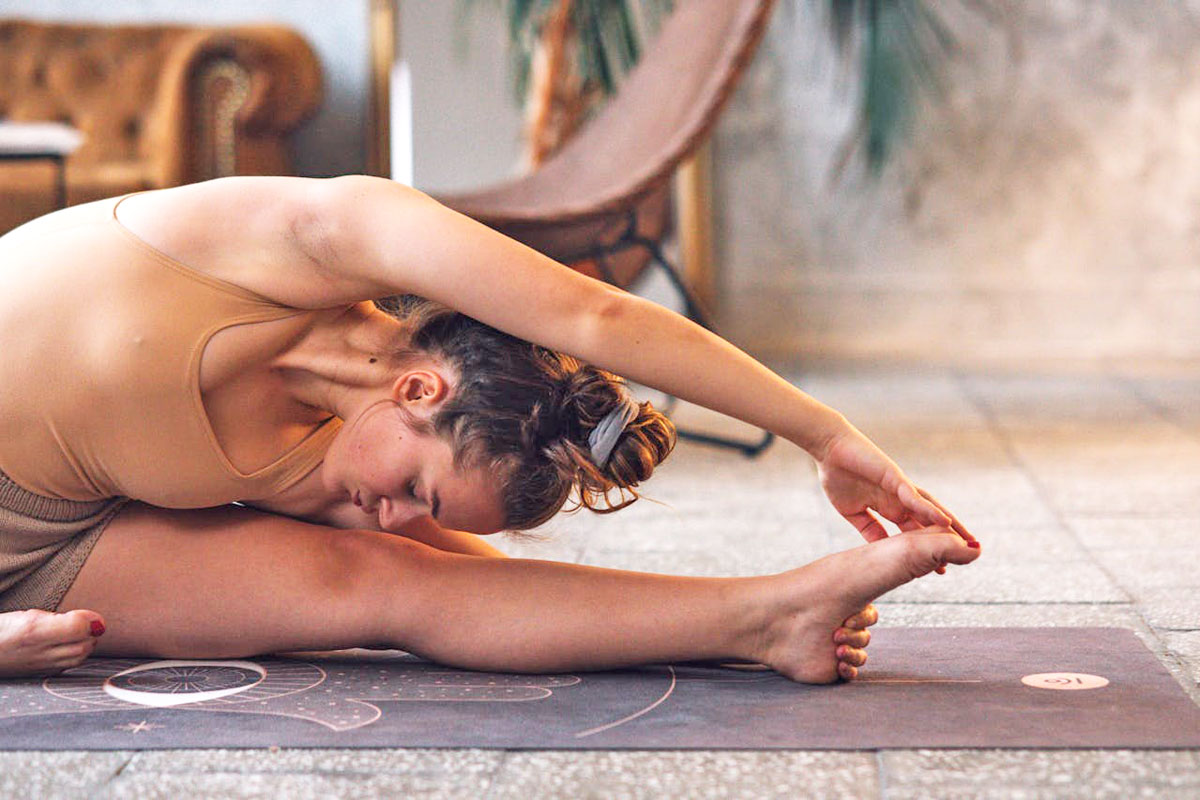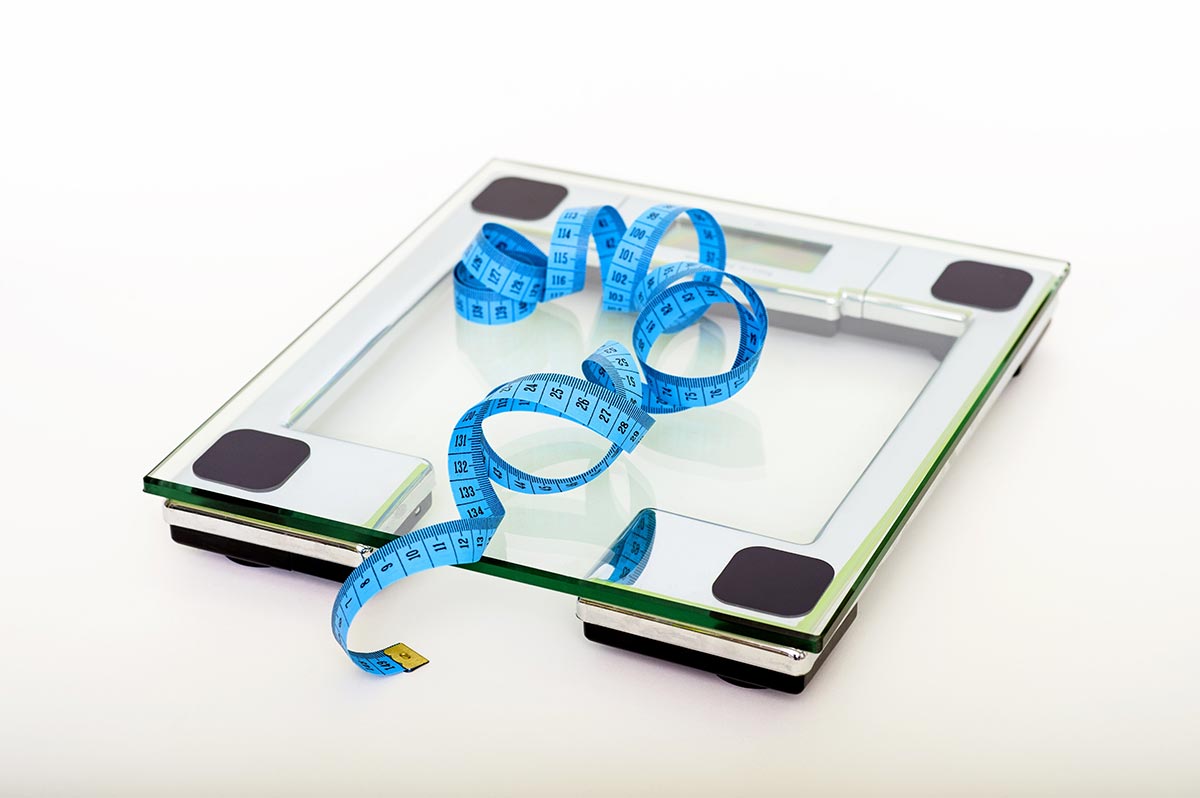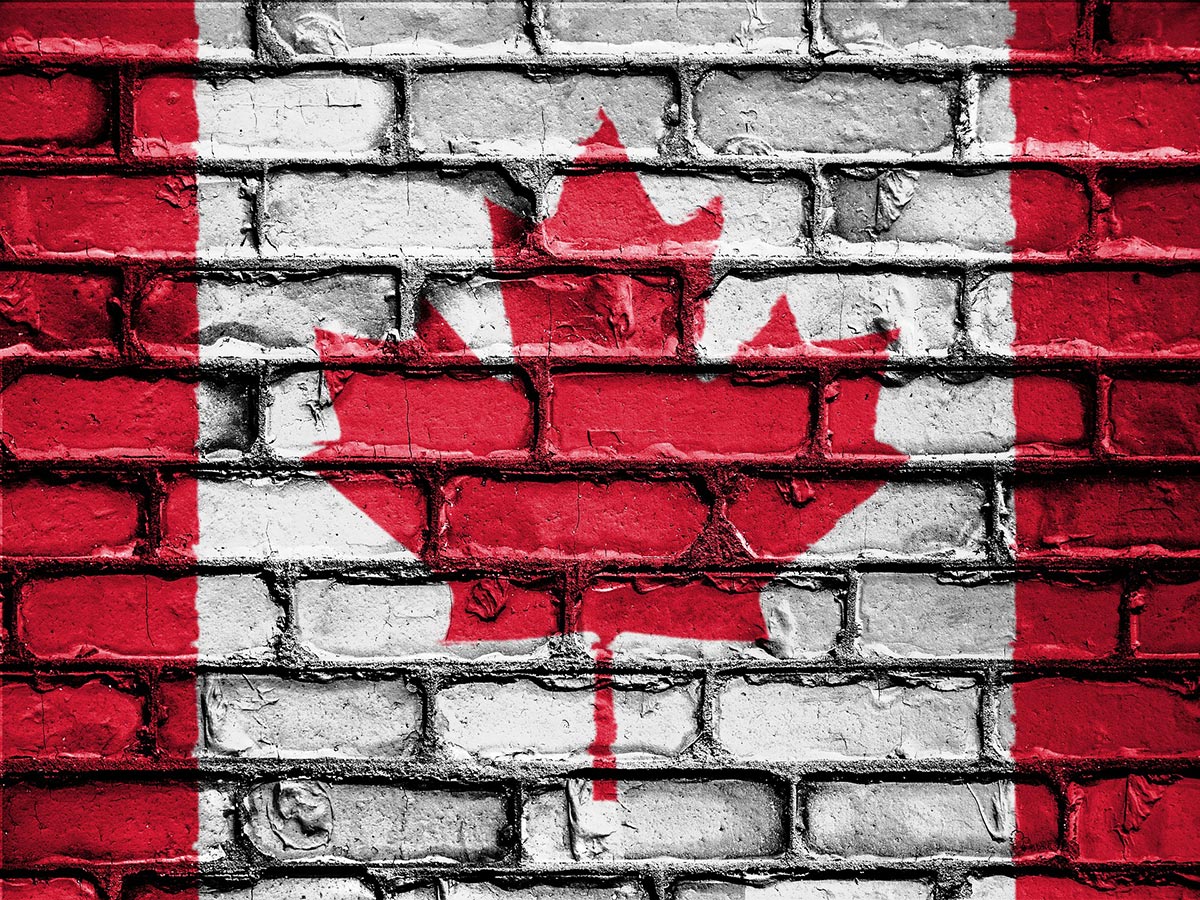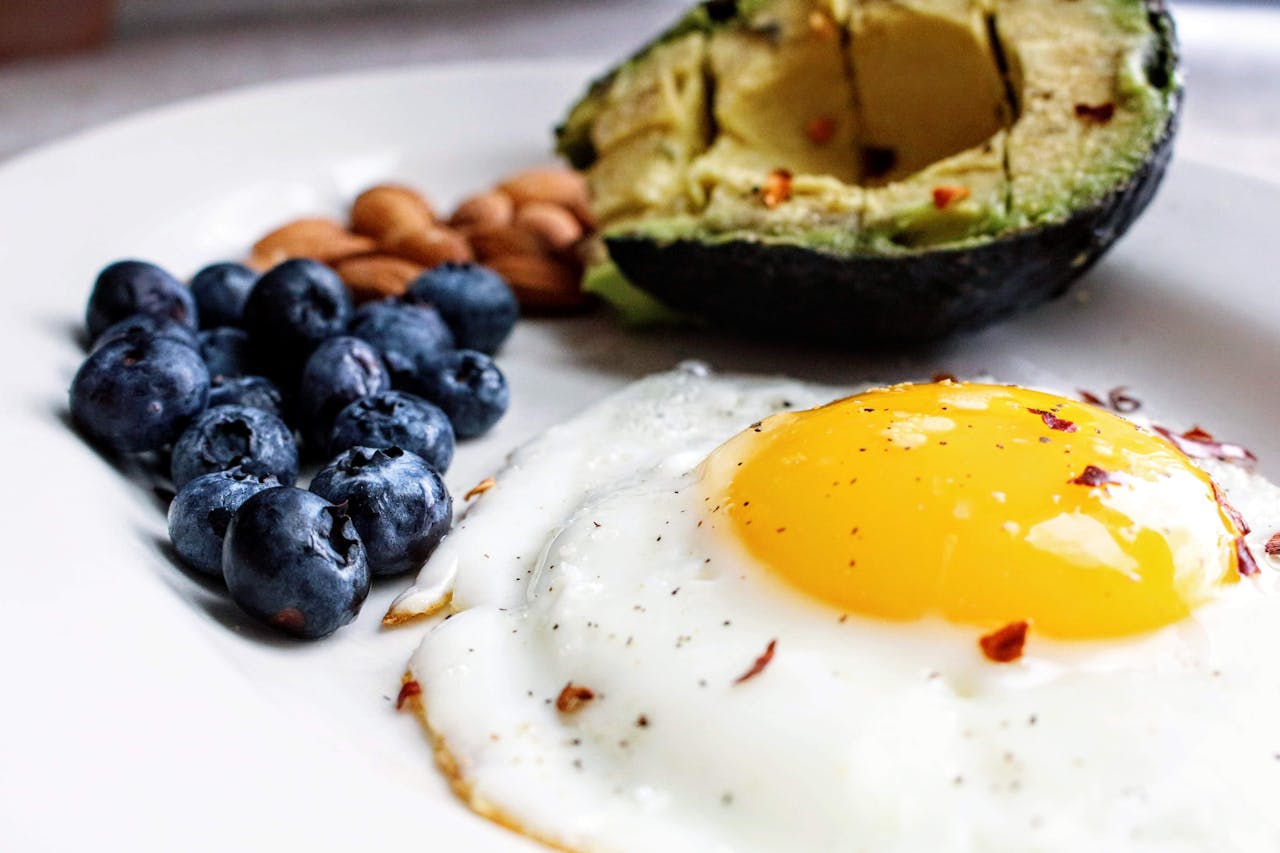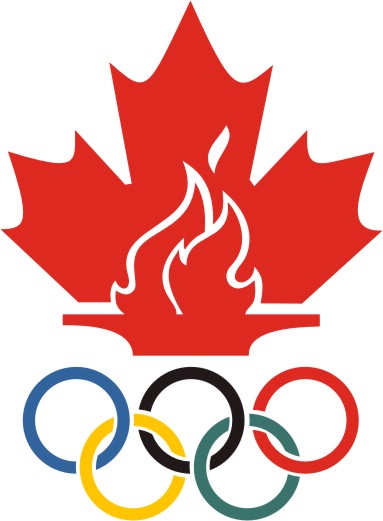From Cryo Pods to Elite Protocols
It starts with a cold plunge and ends with a hyperbaric chamber. Welcome to the world of longevity gyms — high-tech temples where aging isn’t just a biological process but a problem to be hacked. Red light therapy, CGM sensors, cryotherapy, NAD+ IV drips, AI-driven fitness assessments — all wrapped in marble-tiled clinics for the elite. But while tech CEOs biohack their way into their centennial fantasies, most Americans are stuck deciding whether to pay rent or fill their prescription.
What Is Longevity, and How Is It Different from Anti-Aging?
Anti-aging has long been associated with wrinkle creams, Botox, and vague promises. Longevity, by contrast, has a shiny scientific aura — it speaks of mitochondrial health, telomere length, VO2 max preservation, and protein intake after 40. In theory, it’s about lifespan *and* healthspan. In practice, it's about market segmentation. Anti-aging is cosmetic; longevity is aspirational science, monetized through subscription-based wellness and elite diagnostics.
Access: Who Gets to Live Long?
Here lies the real inequality. While access to longevity treatments is growing, it’s still limited to those who can afford $400/month cryo sessions or $1,000+ for a “baseline scan” at a luxury diagnostics lab. In the US, where millions lack basic health insurance, longevity isn’t a right — it’s a product. A product that sells hope in vials, LED panels, and biohacker-approved supplement stacks.
| Service | USA (Private Market) | Europe (Public/Hybrid) |
|---|---|---|
| Red Light Therapy | $60/session | Limited / clinical only |
| Cryotherapy | $40–80/session | €30–50/session (less common) |
| Genetic Testing | $250–600 | €100–300 |
| CGM Sensors (3 mo) | $300–400 | Covered in diabetes only |
Cooper, the MRI, and the Forgotten History
Back in the 1970s, Kenneth Cooper launched one of the first systematic longevity programs at his Cooper Institute in Texas. Clients were screened via stress tests, blood panels, and — yes — MRI scans before beginning structured fitness programs. The goal: preventive health, long before it was fashionable. But unlike today’s influencers, Cooper’s model targeted broader populations, not just wealthy optimizers with aura rings and longevity coaches.
Supplements, Data & the AI Coach
Longevity now comes with a digital twin. You upload your biomarkers, sync your workouts, scan your face, track your sleep — and receive personalized protocols. AI recommends creatine, NMN, glycine, magnesium threonate. You’re told when to walk, eat, stretch. But it’s hard to ignore the irony: millions in the US still lack access to basic blood pressure monitoring — while others optimize their mitochondrial pathways via algorithm.
Cryo, Red Light & CGM: Tools or Toys?
Critics argue that much of the longevity toolbox blurs the line between necessity and novelty. Do you really need a $15,000 red light bed to improve mitochondrial function — or could a brisk walk in the sun suffice? Continuous glucose monitors, originally designed for diabetics, are now worn by influencers who document every glucose spike from oat milk.
It’s optimization theatre — where real science meets performative wellness. But in a country where Type 2 diabetes runs rampant, one wonders if tracking blood sugar for content is progress or privilege.
The Economics of Eternal Youth
Longevity isn’t just a health trend — it’s a business model. Venture capital is pouring into companies that promise age reversal, epigenetic reprogramming, and personalized biofeedback. The language is seductive: rejuvenation, cellular repair, metabolic reset. But behind the marketing lies a simple truth — the monetization of mortality anxiety.
As investors chase the next anti-aging unicorn, average Americans can’t even get affordable dental care. The contrast isn’t just stark — it’s systemic. Health becomes aspiration, not infrastructure.
A Very American Wellness
Nowhere is the longevity hype more pronounced — or more unequal — than in the United States. From Silicon Valley labs to Florida anti-aging clinics, the narrative is clear: live longer, live smarter, live richer. Europe, by contrast, still leans on public health frameworks. You won’t find cryo pods in French pharmacies, but you will find national campaigns on cardiovascular prevention. The question isn’t which model is better — it’s who benefits. And in America, benefit often follows billing.
Where Is This Going?
The future of fitness may look more like a hospital — only with eucalyptus towels and AI-driven diagnostics. We’ll see smart mirrors that assess posture, voice scans that analyze cortisol levels, and DNA tests that predict your risk of aging "badly." But we must ask: will this tech trickle down or stay gated behind platinum memberships? If health becomes predictive but inaccessible, we risk turning wellness into a new class divide — where prevention is privilege, and aging is failure.
Healthspan for All — Or Just for the Logged-In?
Muscles may be the new medicine, but medicine is still a business. The longevity movement could be a turning point — if it expands access rather than codifies exclusion. But if the current trajectory continues, we’re not heading toward a healthier population. We’re heading toward a health elite, coached by algorithms, fueled by NMN, and protected by privilege. In the end, the question isn’t how long we can live — it’s who gets the bandwidth to optimize, and who’s still buffering.
Unequal Futures: Fitness or Fantasy?
In longevity marketing, everyone’s invited. In reality, few can afford the ticket. The tech is real, the science evolving, but the access gap widens. It’s the new face of fitness inequality — where living longer is no longer just about habits, but about capital. When elite gyms prescribe cryo for recovery while Medicaid users wait three months for physical therapy, it’s not biohacking — it’s biogating.
| Population Group | Common Access | Longevity Service Penetration |
|---|---|---|
| Upper Class (Private Clinics) | Very High | Full Stack (Cryo, AI, Red Light) |
| Middle Class (HSA/FSA) | Moderate | Partial (Supplements, basic tests) |
| Lower Income / Medicaid | Low | Minimal to none |
Not Just About Living Longer
The longevity movement reveals more than our fear of aging. It reveals how health is marketed, stratified, and selectively distributed. We’re told muscle is the new organ of longevity — but muscle mass alone won’t fix a broken system. If fitness becomes a luxury good, we risk redefining health not as a universal goal, but as a premium subscription. Welcome to the era where the right to age well is still… aging very slowly.
Sources: 1. Barzilai N. et al. (2021). “The Longevity Roadmap.” Cell. 2. NIH: “Red Light Therapy and Muscle Recovery.” 3. Statista 2024: Market Size of Anti-Aging Industry. 4. Mayo Clinic: Cryotherapy Risks & Evidence. 5. Harvard Health: NAD+ and Aging. 6. Cooper Institute Archives.
